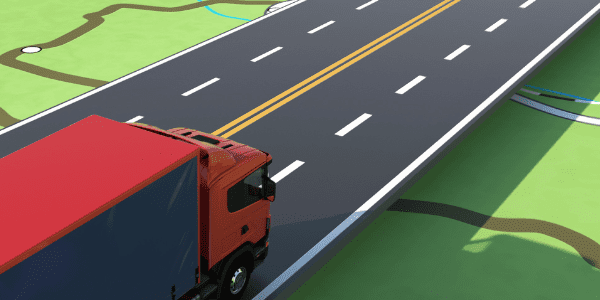
Equipment rental and management, just like every other aspect of our lives, have the possibility of being transformed by the advent of new technologies. There are lots of technologies that have been talked about repeatedly like GPS technology, connected worksites, etc., but we thought we’d bring together a few new options and suggest some exciting things you might want to consider when you think about buying or renting your next machine!
Power: Where, When and How Much…
We all have the same problem these days, our reliance on gadgets is getting stronger, and our corresponding reliance on the power source for the gadget is getting needier. What do you do if you’re using your smartphone out in bright sunlight in California and have to have that lovely backlit screen on full brightness to make it readable? Your battery has to hold out, but that isn’t always the case! If you’re using tablets to collect signatures from customers out in the field, it’s probably not too bad because you can always recharge it in the truck. But if you’re a field technician working on a customer job site, that’s not necessarily an option.
Think smart chargers: charging mats and super-long-life batteries offer some possibilities. And now you can think solar panel screens, where the glass on your device could actually be collecting power from the sun while you’re working! That will make a big difference to where and how you can use phones and tablet devices away from the office and your truck.
Robotics: Artificial Intelligence Anyone?
I don’t know if you’ve noticed, but there have been an increasing number of robots in the news for the last 12 months: robots working with autistic children, robots that can actually run (a massive feat of engineering!), robots acting as waitresses in Japanese restaurants, the list is endless. Where can robots come into equipment management and rental? The question really is whether anyone take the plunge. There are undoubtedly possibilities in both online customer service and scheduled maintenance, but who will be willing to invest in one or two pilot projects to get things off the ground?
Intelligent Modelling
CAD (computer-aided design) has been around for a very long time, but the newest forms of construction modeling include 360-degree digital panoramas and geospatial data to create interactive models that work with your 3-D modeling software. In the world of agriculture, geospatial information is already being combined with satellite data, sensors and telematics information to provide a moving vehicle with information about the world around it, and allow it to make decisions about the most efficient use of pesticides, fertilizer, and water.
In the world of construction, there is potential for feeding data back from 3-D models to the tendering process to determine equipment requirements and real-time interactivity. Determining additional requirements through the project and even automatic updates back to rental companies when equipment is no longer needed as the intelligent model is updated in real time. Connecting all your machines into a GPS-enabled jobsite ecosystem becomes a key step in driving towards a “connected” job site.
Self-Driving Cars…. Self-Driving Construction Equipment?
So if they can build self-driving cars, agricultural equipment that decides for itself when and where to fertilize or water, and machines that self-level as they build roads, how far off is self-driving construction equipment? After all, with cameras, sensors and construction drones to provide the data to allow a machine to perform there are no more fundamental limitations to a self-driving excavator than there are to a self-driving car. Testing has already begun on self-driven road construction traffic management trucks in Florida. What will come next?
Virtual Reality for Training?
Virtual reality has been the subject of science fiction for decades, but it’s finally getting to the point of commercial viability. Virtual reality can become a reality to train on new engines and new machines in a full-sized simulator. More and more VR options are coming onto the market, and they aren’t just for gamers. Smartphones themselves can be used for VR going forward, which will make it a totally affordable option for any business–with a growing number of specialist companies already offering significant programs for VR construction equipment training.
With an aging workforce training for new recruits is becoming more important than ever before, and with 3-D design models and machine controls coming into the cab of the machine, operators can become more productive and more accurate the first time without relying on a build-up of many months or years of experience.
Job Site Safety – Wearables
With job sites becoming ever more connected and an increasing number of cameras and sensors present on individual machines the world of wearable safety technology is really coming into its own. If your jacket or your hard hat can warn not only you of imminent danger, but also send a message to an excavator that’s lowering its bucket or a reversing dozer to stop moving, think of the potential to save lives and prevent injury.
Contributed by Helen Sowerby, Director of Business Development.





